- BY TSGAdmin_
- WITH 0 COMMENTS
- PERMALINK
- STANDARD POST TYPE

Blue Mountains City Council – 2017
Stafford Strategy developed a Visitor User-Pays Strategy for the Blue Mountains, which is one of NSW’s most visited tourist destinations. The purpose of the Strategy was to assess the potential (via cost benefit analysis) to introduce a variety of visitor user fees including parking, camping, toilet and potential industry operator fees. The need was seen for additional income streams to address the challenge which the Council faces of growing visitor demand, combined with increasingly high maintenance requirements at key tourist sites and the lack of adequate budget to maintain sites to a consistent standard.

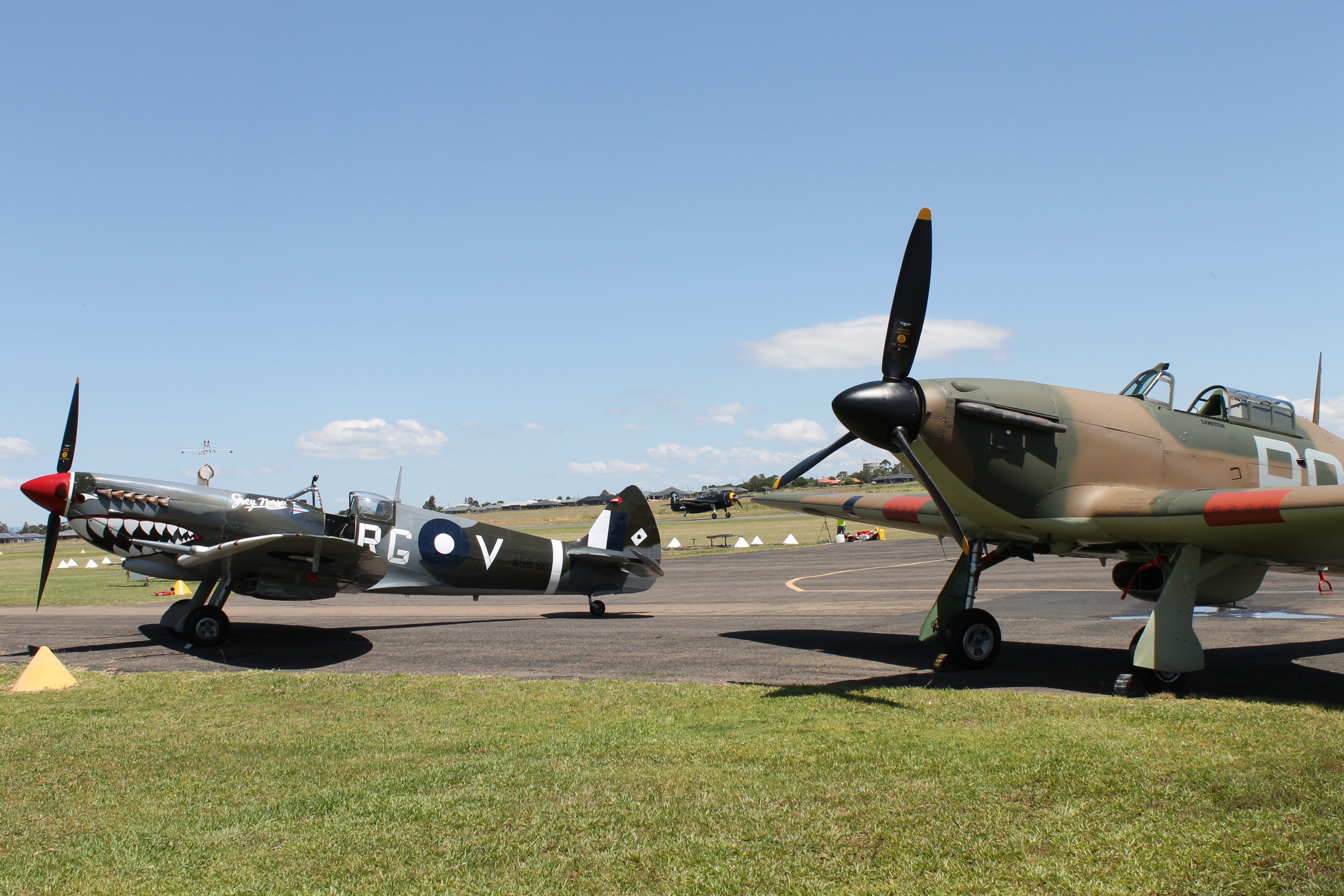
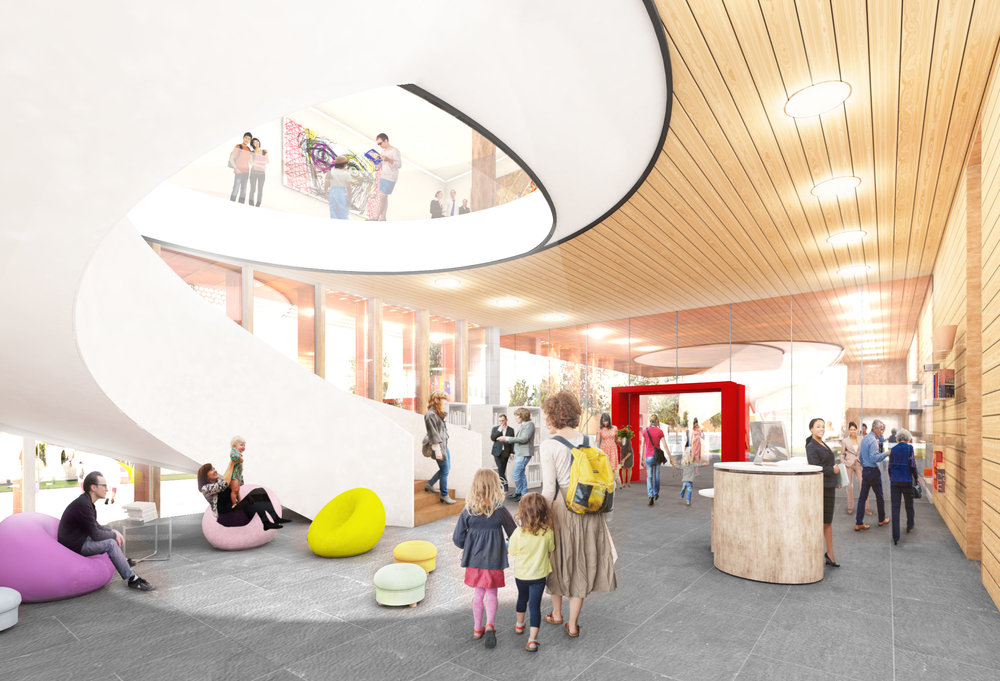

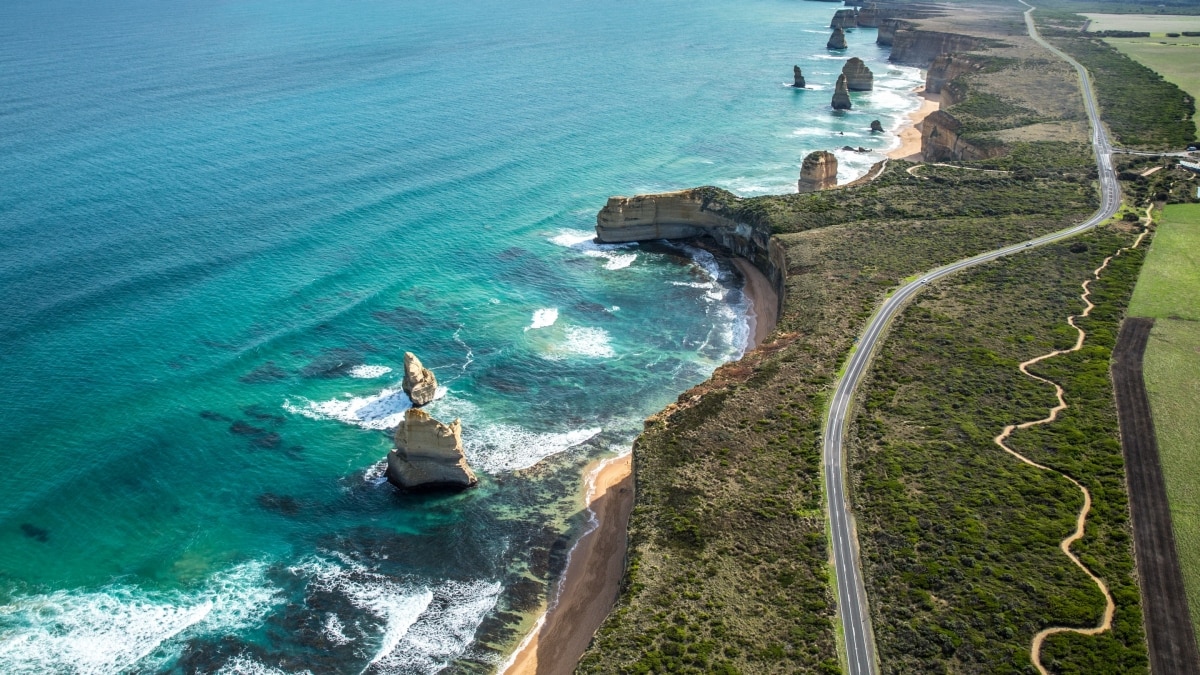
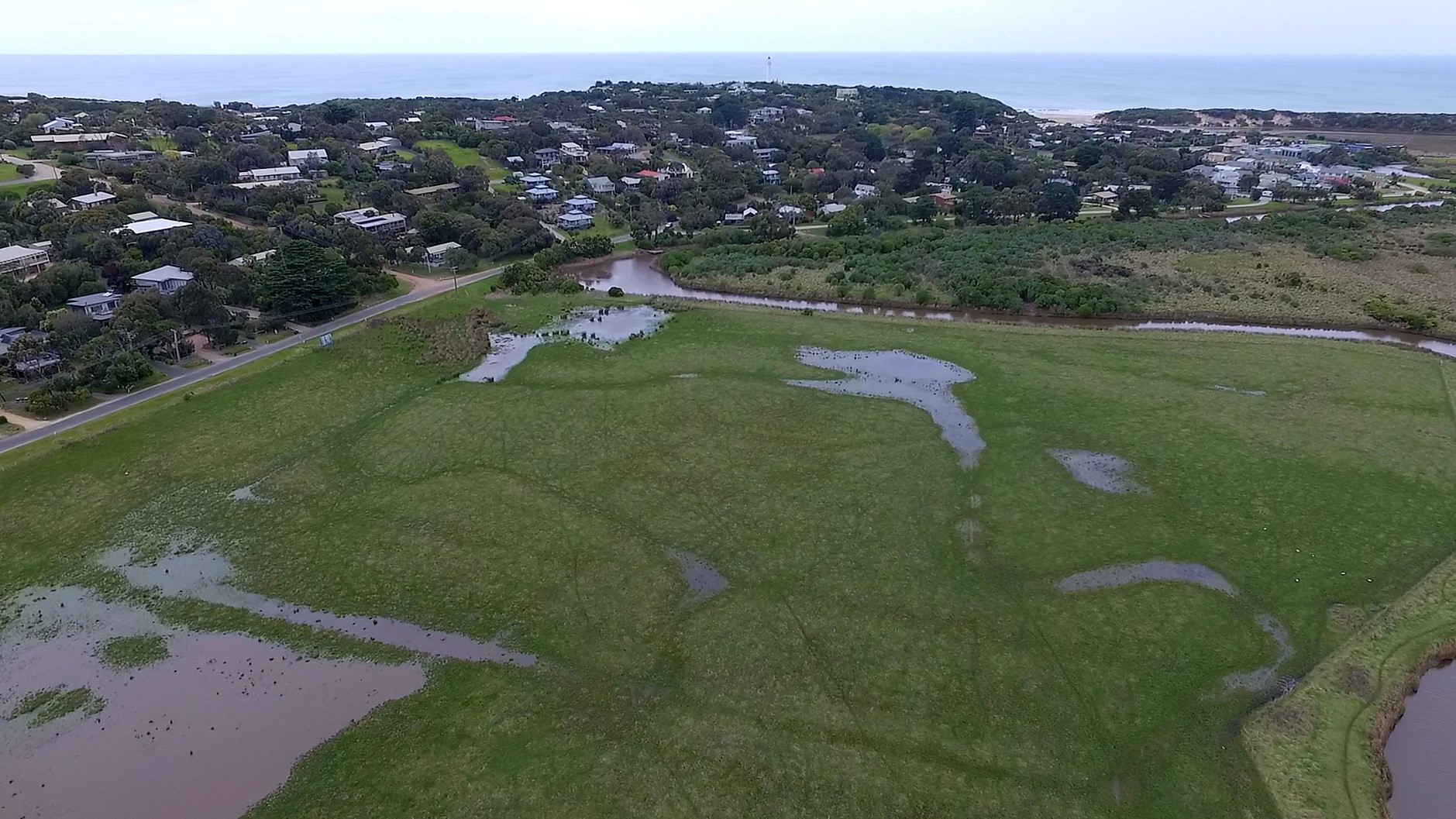
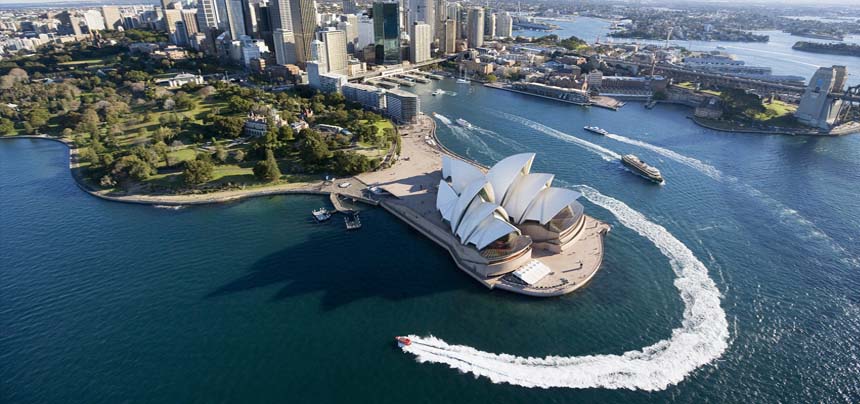
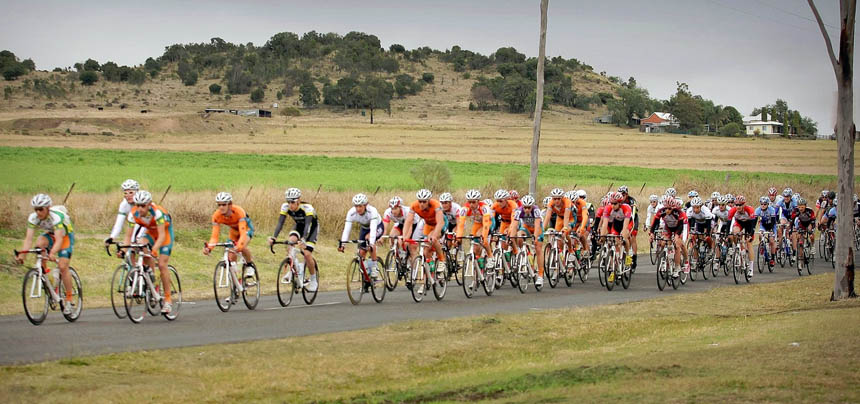
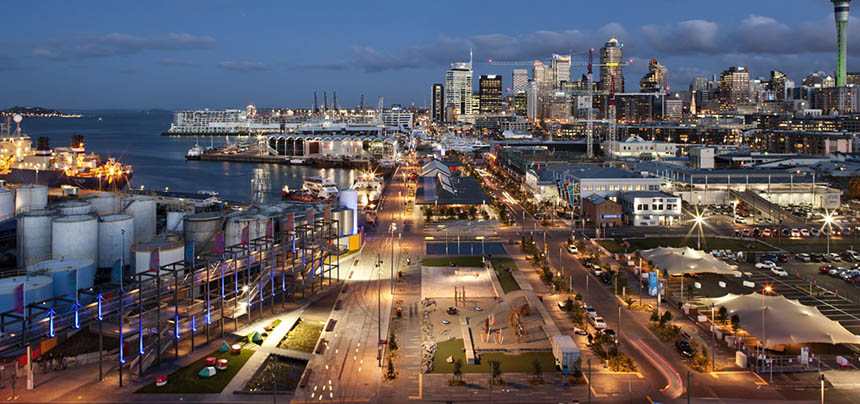
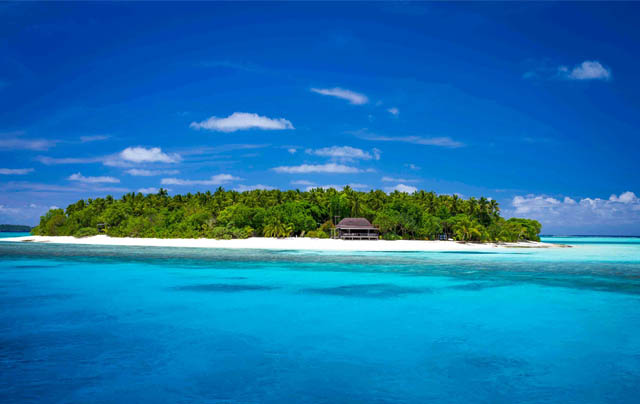
Recent Comments